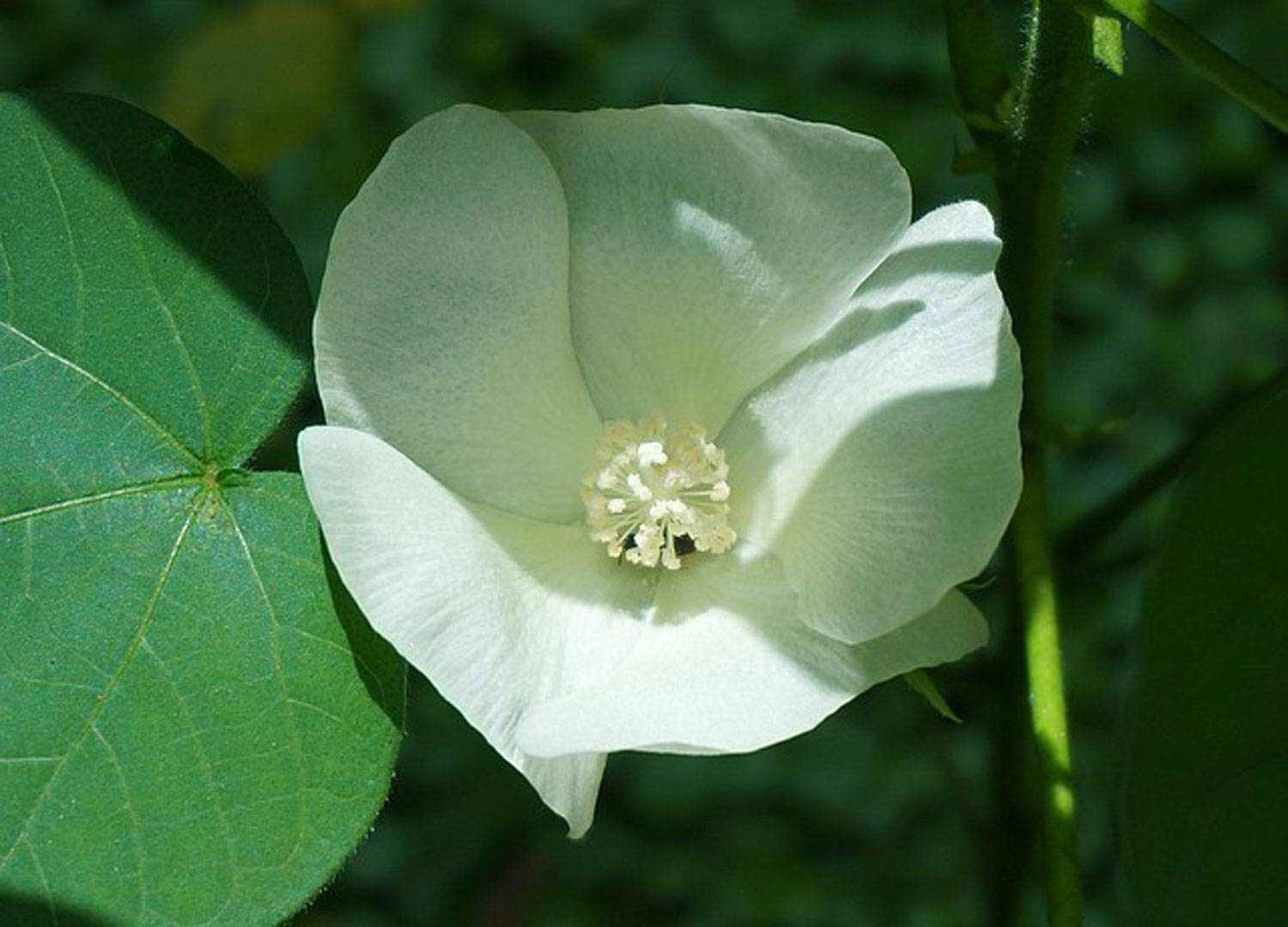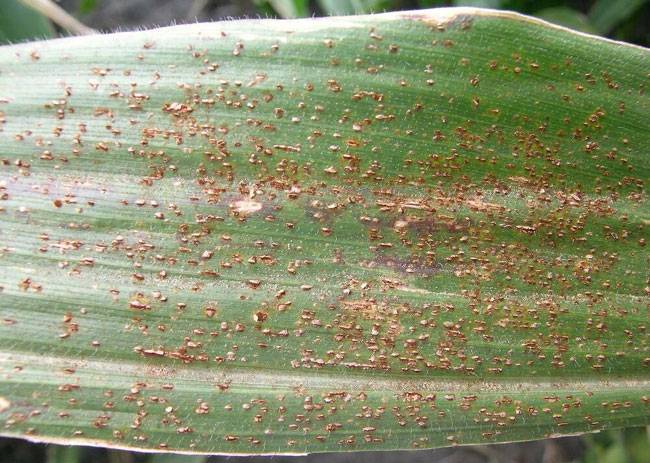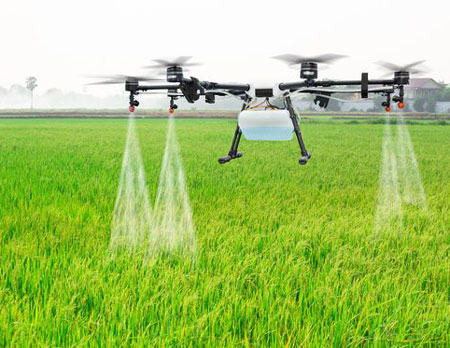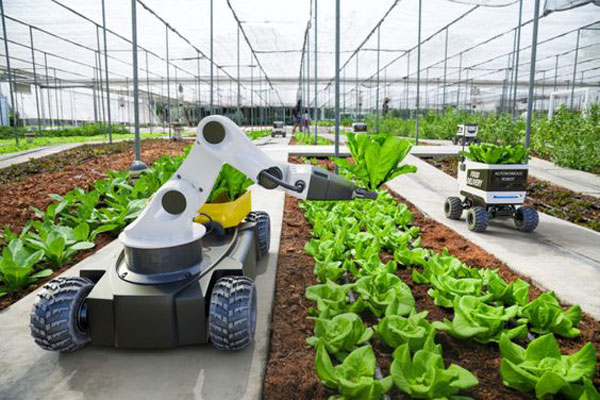Higher Temperature Suitable for Pesticide Spraying
Higher Temperature Suitable for Pesticide Spraying

Higher Temperature Suitable for Pesticide Spraying
Higher Temperature Suitable for Pesticide Spraying
Pesticide spraying efficiency is highly influenced by temperature, humidity, and wind speed. High temperatures cause pesticides to evaporate before reaching the target surface, reducing their effectiveness. The general recommendations for spraying temperature are:
- Ideal Temperature: Below 25°C (77°F)
- Acceptable Upper Limit: Up to 30°C (86°F) (with precautions)
- Not Recommended: Above 30°C (86°F), as evaporation and drift significantly reduce efficiency
However, if spraying at higher temperatures is unavoidable, it should be done early in the morning or late in the evening to reduce losses.
Relationship Between Delta T and Pesticide Spray Efficiency
Delta T (ΔT) is a key indicator used to determine the best time for pesticide spraying. It is the difference between:
ΔT = Dry Bulb Temperature - Wet Bulb Temperature
- A low ΔT means high humidity, which can cause excessive droplet retention and runoff.
- A high ΔT means low humidity, leading to faster evaporation and reduced pesticide deposition.
Optimal Delta T Range for Spraying Efficiency
- Ideal: 2 to 8 → Best droplet survival and pesticide absorption
- Acceptable: 8 to 10 → Some evaporation occurs, but spraying is still effective
- Not Recommended: Above 10 → Rapid evaporation and drift reduce effectiveness
If ΔT exceeds 12, fine spray droplets will evaporate before reaching the plant surface, reducing effectiveness. In such conditions, using coarse droplets (larger spray nozzles) and drift-reducing agents can help maintain efficiency.
Practical Recommendations
- Measure Delta T before spraying – Avoid spraying if ΔT > 10.
- Spray in the early morning or late afternoon – When temperatures are lower and humidity is higher.
- Use drift-reducing nozzles – To produce larger droplets, minimizing evaporation.
- Consider humidity levels – Higher humidity (above 50%) improves pesticide retention on leaves.
By optimizing spraying conditions based on Delta T, farmers can maximize pesticide efficiency, reduce costs, and minimize environmental impact.
Blog
Explore Our Blog






About Us
Welcome to Agriplaza
Welcome to Agriplaza. India's first and only comprehensive digital platform dedicated to agriculture and farmers. Explore widest range of related data our figures speaks a lot.
634724
Visitors
239
Diseases
131
Pests




